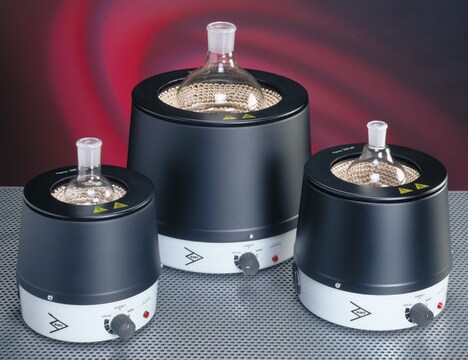21217
GC Stationary Phase
phase 1,2,3-tris(2-Cyanoethoxy)propane (TCEP), bottle of 50 g
About This Item
Produits recommandés
Conditionnement
bottle of 50 g
Niveau de qualité
Paramètres
0-175 °C temp. range
Technique(s)
gas chromatography (GC): suitable
Groupe de la matrice active
1,2,3-tris(2-Cyanoethoxy)propane (TCEP) phase
Solubilité
chloroform/methanol (2:1): soluble
Type de colonne
packed GC
Catégories apparentées
Description générale
Application
Code de la classe de stockage
10 - Combustible liquids
Classe de danger pour l'eau (WGK)
WGK 2
Point d'éclair (°F)
Not applicable
Point d'éclair (°C)
Not applicable
Équipement de protection individuelle
Eyeshields, Gloves
Faites votre choix parmi les versions les plus récentes :
Certificats d'analyse (COA)
Désolés, nous n'avons pas de COA pour ce produit disponible en ligne pour le moment.
Si vous avez besoin d'assistance, veuillez contacter Service Clients
Déjà en possession de ce produit ?
Retrouvez la documentation relative aux produits que vous avez récemment achetés dans la Bibliothèque de documents.
Notre équipe de scientifiques dispose d'une expérience dans tous les secteurs de la recherche, notamment en sciences de la vie, science des matériaux, synthèse chimique, chromatographie, analyse et dans de nombreux autres domaines..
Contacter notre Service technique



